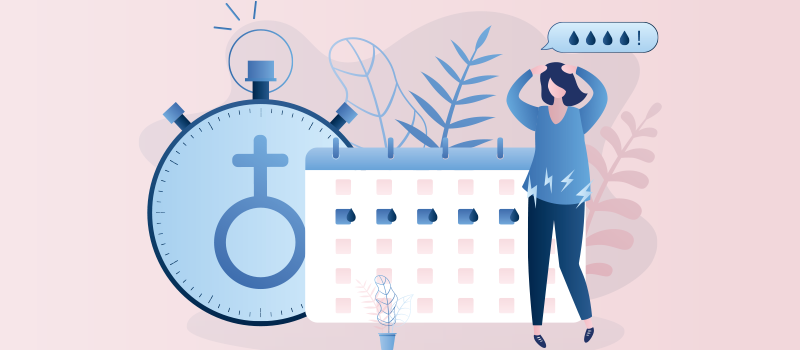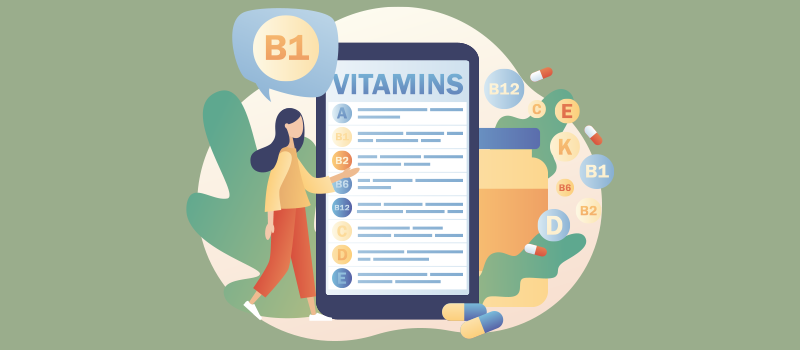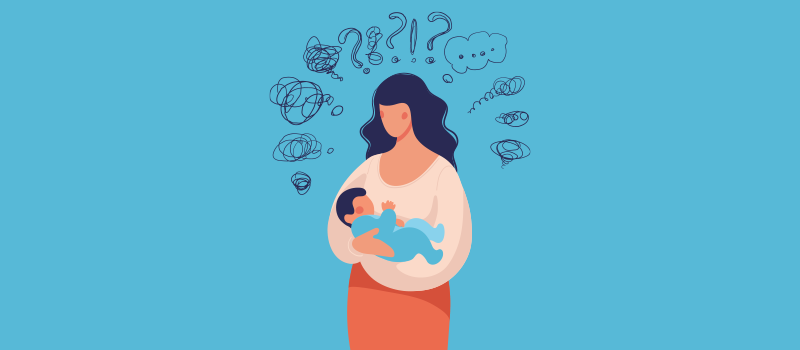What’s the Buzz
The Bee Healthy Blog
Medications Used to Treat Premenstrual Dysphoric Disorder (PMDD)

Approximately 80% of menstruating women experience PMS (premenstrual syndrome), a constellation of physical and psychological symptoms that occur during the luteal phase of the menstrual cycle (just after the ovary releases the egg and before the menstrual period starts). PMS symptoms are quite common and do not significantly impact a woman’s daily life. However, up to 10% of women experience a more severe form of PMS called premenstrual dysphoric disorder (PMDD).
Patients with PMDD experience severe, disabling symptoms that affect their ability to work and function on a daily basis. Severe PMDD symptoms can cause considerable mental distress and disrupt everyday life. Fortunately, effective treatment options are available for premenstrual dysphoric disorder.
Please continue reading to learn more about the medications used to treat PMDD.
What are the symptoms of premenstrual syndrome?
Many women of childbearing age experience PMS symptoms. They occur due to the fluctuating levels of ovarian hormones, which affect the functioning of neurotransmitters (chemicals in the brain that influence mood).
Common symptoms of PMS include depressive symptoms, mood swings, crying spells, insomnia, appetite changes, trouble concentrating, social withdrawal, and changes in libido. Other physical symptoms can include fatigue, decreased energy, joint or muscle pain, headache, breast tenderness, fluid retention, bloating, and diarrhea or constipation.
What are PMDD symptoms?
As mentioned, premenstrual dysphoric disorder (PMDD) is a type of severe PMS. It is unclear why some women develop PMDD while others do not. Experts say risk factors for PMDD include a genetic predisposition as well as stress, obesity, and a history of sexual abuse or trauma.
It can be challenging to differentiate between mild premenstrual symptoms (which, while annoying, are not disabling) and PMDD symptoms that are severe enough to interfere with daily functioning.
In general, a person is diagnosed with PMDD if they experience five or more PMS symptoms, with at least one mood-related symptom, and those symptoms have occurred with most menstrual cycles during the past year. To be qualified as PMDD, mood and physical symptoms should be severe enough to interfere with daily life.
Before making a diagnosis of premenstrual dysphoric disorder, it is important to rule out other mental health conditions that can cause similar symptoms, such as major depressive disorder, anxiety, dysthymic disorder (persistent depressive symptoms), chronic fatigue syndrome, and hypothyroidism (underactive thyroid gland).
What medications are best for PMDD?
Antidepressants
The first line of treatment for premenstrual dysphoric disorder (PMDD) is an antidepressant medication. These drugs can alleviate the PMDD symptoms faster than they can alleviate symptoms of depression. This means that women with PMDD do not necessarily have to take the antidepressant every day. Instead, some women can take the antidepressant around the time of their menstrual cycles only.
Intermittent dosing (also called luteal-phase dosing) of antidepressants takes place at the same time as the approximately 14-day period from ovulation to menstruation. Women who experience mood symptoms related to PMDD usually respond well to luteal-phase dosing. However, women with somatic symptoms like fatigue typically need daily medication treatment with antidepressants.
Hormonal Therapies
Hormonal therapies consisting of GnRH agonists (histrelin, goserelin, leuprolide) may be effective for some women with depressed moods due to PMDD. However, gonadotropin-releasing hormone agonists (GnRH agonists) are considered second-line treatments. Also, while hormonal contraceptives like birth control pills suppress ovulation, they have not been found to be very effective in relieving PMDD. Nonetheless, some women obtain relief from cramps and headaches and experience lighter menstrual flow with oral contraceptives like Beyaz and Yaz, which are FDA-approved to treat PMDD.
Diuretics or Water Pills
Diuretics can be used to relieve the bloating and water retention that frequently accompany PMS. However, they do not relieve dysmenorrhea (painful menstrual periods). A diuretic called pamabrom is the active ingredient in PMS products such as Pamprin Multi-Symptom Menstrual Relief and Diurex Aquagels.
Which antidepressant is best for PMDD?
Selective serotonin reuptake inhibitors (SSRIs) are considered the most effective class of antidepressants for mood disorders related to premenstrual dysphoric disorder. At present, the U.S. Food and Drug Administration (FDA) has approved three SSRIs to treat PMDD. These include fluoxetine (Prozac), sertraline (Zoloft), and paroxetine (Paxil). Other SSRIs such as citalopram (Celexa) and escitalopram (Lexapro) may be used off-label.
If a selective-serotonin reuptake inhibitor (SSRI) does not work, then venlafaxine (Effexor), a serotonin-norepinephrine reuptake inhibitor (SNRI), is an alternative treatment option for premenstrual depression.
Which antihistamine is best for PMDD?
Pyrilamine, an antihistamine, is included in many products used to treat PMS, such as Midol Complete and Pamprin Multi-Symptom. These products are designed to relieve irritability, anxiety, mood changes, cramping, water retention, and other common PMS symptoms. However, pyrilamine is an antihistamine, and it can cause drowsiness as a side effect. Also, the safety and efficacy of pyrilamine in treating menstrual symptoms are still unproven.
Which drug is not FDA- approved for the treatment of PMDD?
The only prescription medications that are FDA- approved for treating premenstrual dysphoric disorder are the three SSRI antidepressants and the one SNRI antidepressant mentioned above.
However, many non-prescription products can provide relief to women with mild to moderate symptom severity. For instance, many women report relief in premenstrual symptoms with over-the-counter analgesics like acetaminophen and NSAIDs (ibuprofen, naproxen). These over-the-counter products are effective in easing cramping and minor pain in patients with PMS.
In addition to medications, non-pharmacological treatments may also help alleviate symptoms of premenstrual dysphoric disorder in some women. These include the application of heat with heating pads or heating wraps to ease abdominal cramping. Dietary changes, such as reduced sugar, caffeine, and alcohol consumption can reduce bloating and improve overall health, though, they are not proven to help with PMDD. However, regular exercise can be very effective in improving mood and energy levels.
Last but not least, supplements such as vitamin B6, vitamin E, magnesium, calcium, and herbal remedies have been evaluated to treat premenstrual dysphoric disorder, but currently, there is no strong scientific evidence that they are effective.
The take-away:
PMDD can be detrimental to one’s quality of life. Fortunately, there are several FDA-approved medications for the treatment of this condition. Incorporating regular exercise and a healthy, balanced diet into your daily life will help you have better overall health in the long run, which can help relieve some of the PMDD symptoms. If necessary, talk to your healthcare provider about antidepressants and supplements to make the best choice regarding safety, efficacy, and personal preference.
References:
- https://www.health.harvard.edu/womens-health/treating-premenstrual-dysphoric-disorder
- https://www.aafp.org/afp/2002/1001/p1239.html
- https://www.uspharmacist.com/article/pms-and-pmdd-overview-and-current-treatment-approaches
- https://www.uspharmacist.com/article/alleviating-menstrual-discomfort-pms-and-dysmenorrhea











SOCIAL